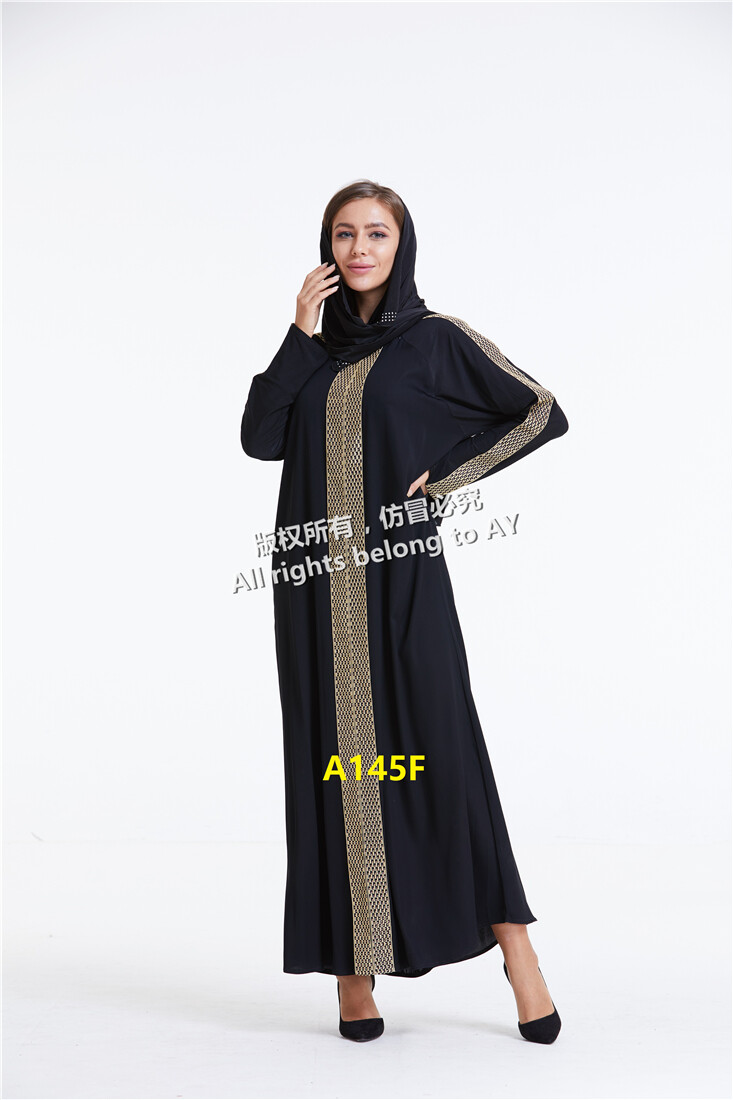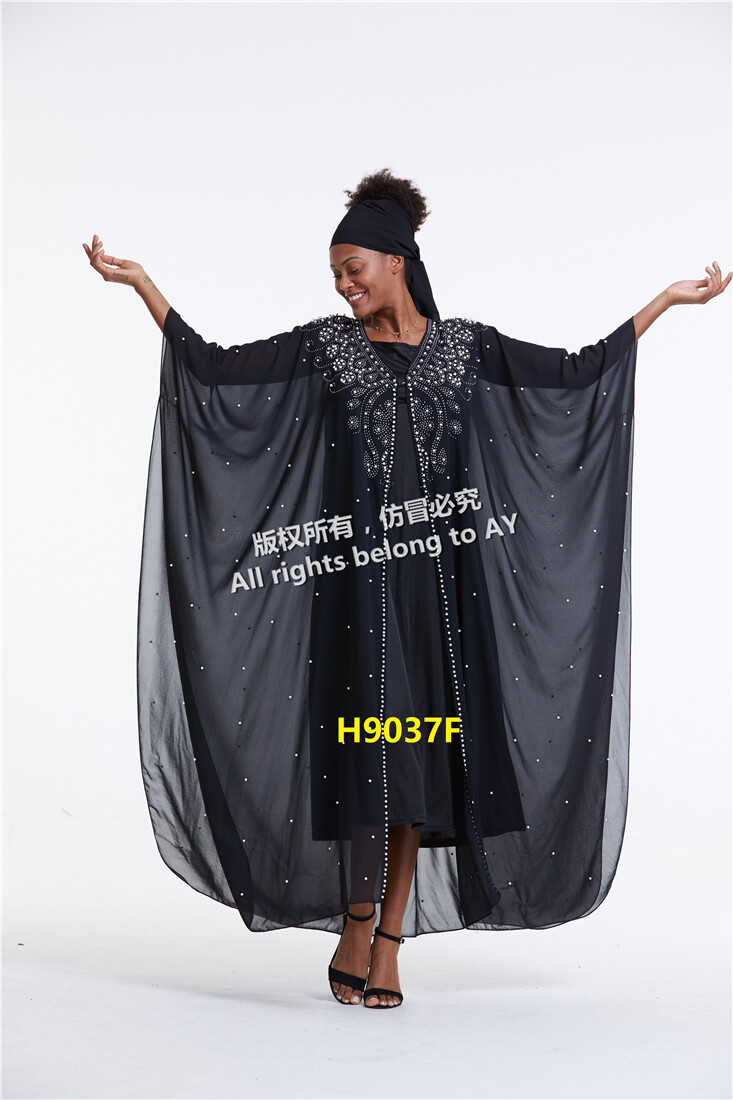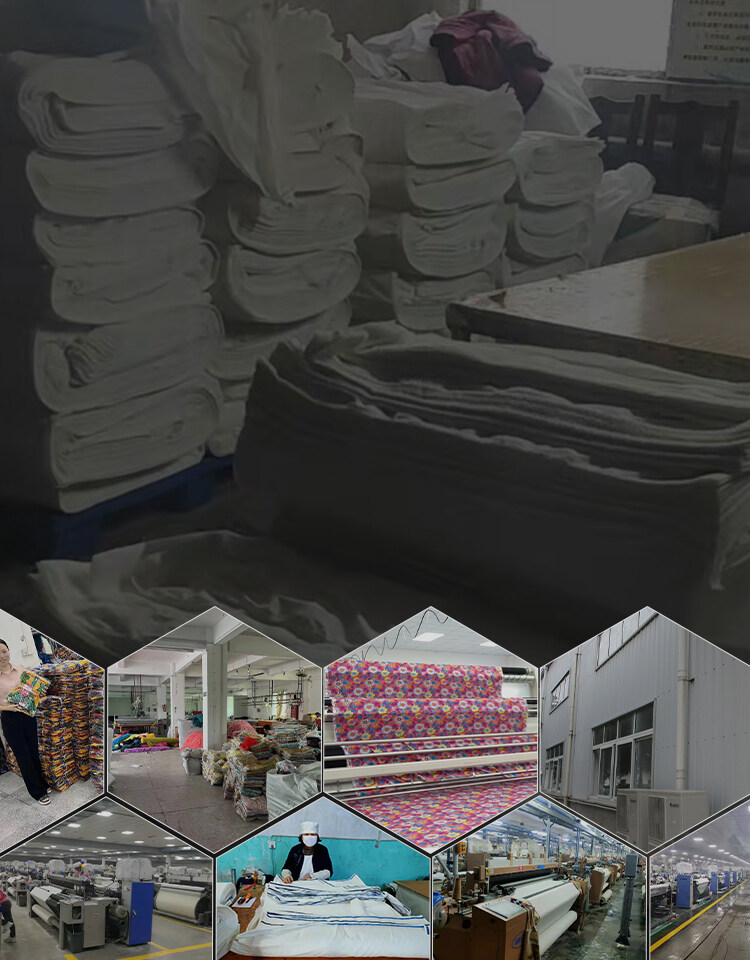Erreur de format d'e-mail
emailCannotEmpty
emailDoesExist
pwdLetterLimtTip
inconsistentPwd
pwdLetterLimtTip
inconsistentPwd

News
News

The Fashion History of Custom Kaftan Dresses
Summer is the time for ice cream, sun and swimsuits. But if you've been following fashion trends over the past few years, you might have noticed the emergence of another warm-weather staple: the long dress.
Available in a variety of patterns and fabrics, the kaftan is a universally flattering garment with undeniable Bohemian glamour. Its smooth silhouette masks imperfections while flowing gracefully with the body's natural movements, making it easy to wear and a cool choice in warm weather. You can pair it with jewelry or just let it wander blandly. It is versatile, refined, and comfortable. Seriously, what's not to like about the kaftan?
The origin of the long gown
It can be said that the kaftan does not have a single origin. Similar tunic designs have been seen in many different cultures around the world, from the Japanese kimono to the West African cloth. However, the special kaftan style as we know it today most likely originated in Mesopotamia, which includes modern-day Turkey, Syria, and Iraq. Sultans of the Ottoman Empire from the 12th century until the early 20th century wore luxurious gowns made of expensive fabrics to show their power and status. The sultan also presented fine gowns to important generals and guests as a sign of political power. It eventually made its way to Morocco and North Africa, where it became a staple of traditional dress.
The long gown in the history of fashion
From the beginning of the 20th century, the long gown slowly permeated Western fashion over a period of decades. Drawing inspiration from Middle Eastern and North African cultures, designers like Paul Poiret and Mario Fortuny in the early 20th century began to create caftan-style dresses and robes for women. The clothes were considered avant-garde and innovative, a far cry from the corset style that had long dominated Western fashion. These new looks did not last long, but they paved the way for a more liberal style, one that freed itself from restrictions and embraced loose, curveless silhouettes (later embodied by the flapper of the 1920s).

A continuation of the belted style of the 1940s and 1950s, the kaftan didn't really catch on in the United States until the early 1960s. Around that time, the stylish Vogue editor Diana Vreeland traveled to Morocco and found herself dazzled by the abaya. She began wearing brightly coloured kaftresses in the office, writing in Vogue that they were "the most inventive fashion ever made". By 1966, the magazine had published many editorials about the gown, Famous designers such as Emilio Pucci, Yves Saint Lauren and Oscar de la Renta are also designing long gowns for their shows. At the same time, the dress became very popular with celebrities (most notably Elizabeth Taylor). Loved by wealthy socialites and liberal hippies alike, kongsam experienced a bona fide boon: their bold prints and free-flowing designs played well with the "national" trends of the era.
The popularity of long skirts continued until the mid-1970s, when they began to disappear from the catwalk and were marketed primarily as holiday wear. In the 1980s, loose-fitting kaftresses were completely replaced by more body-conscious fashions, such as big shoulder pads and spandex.

